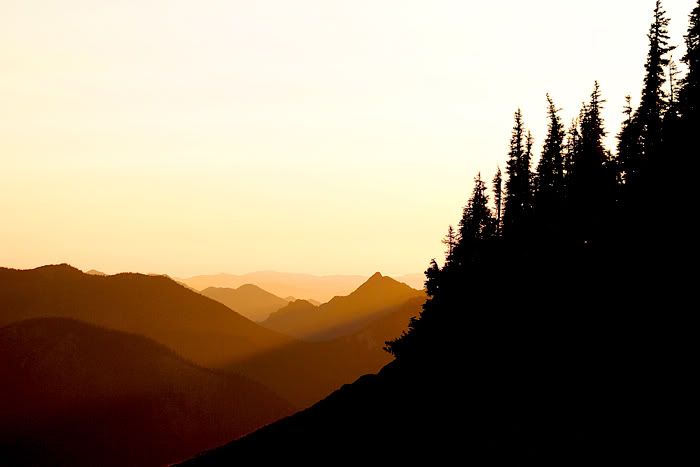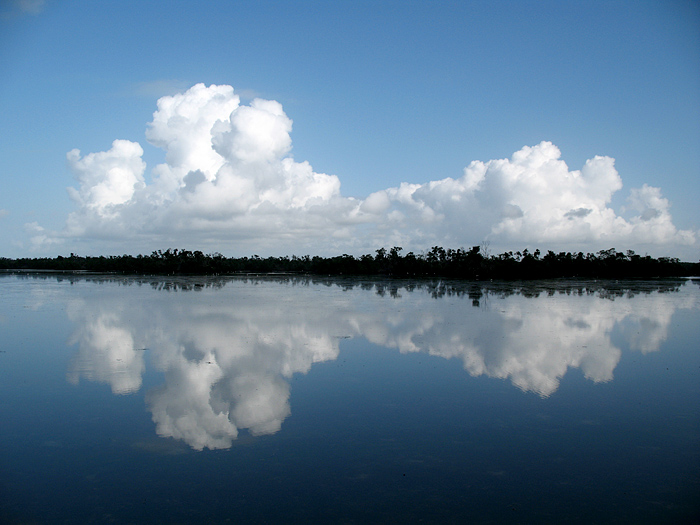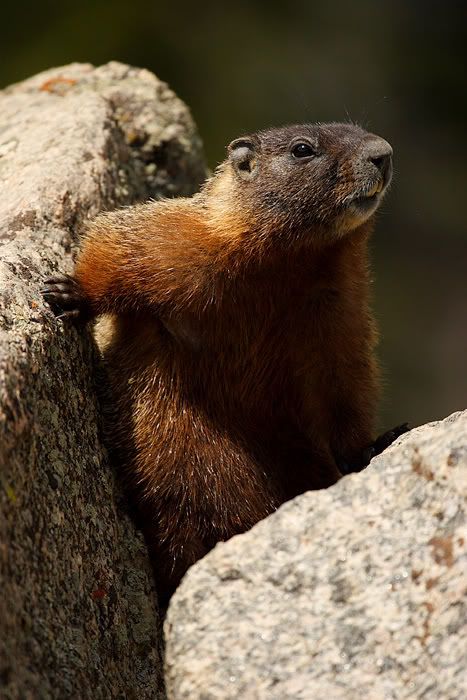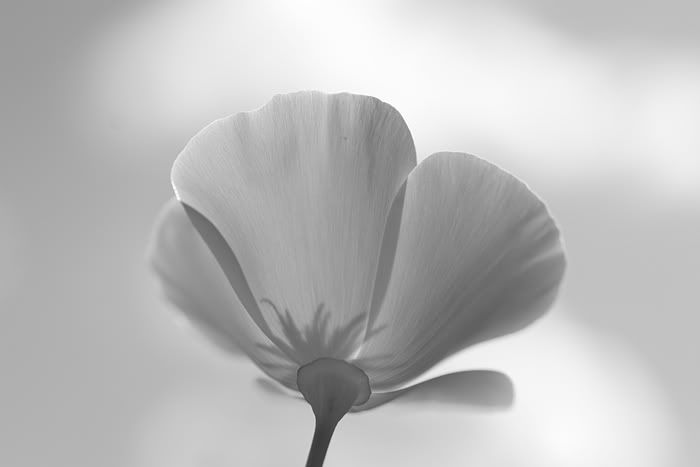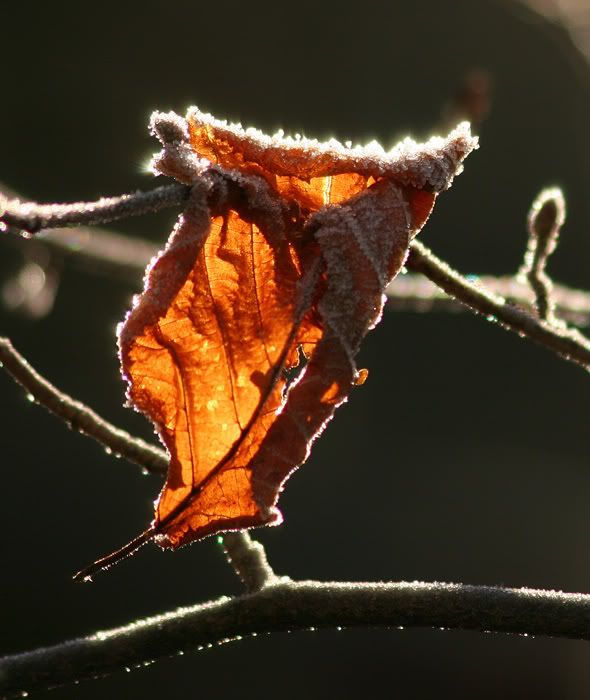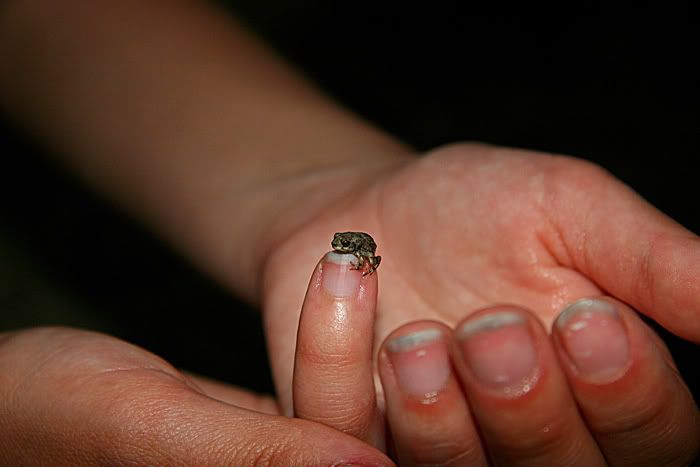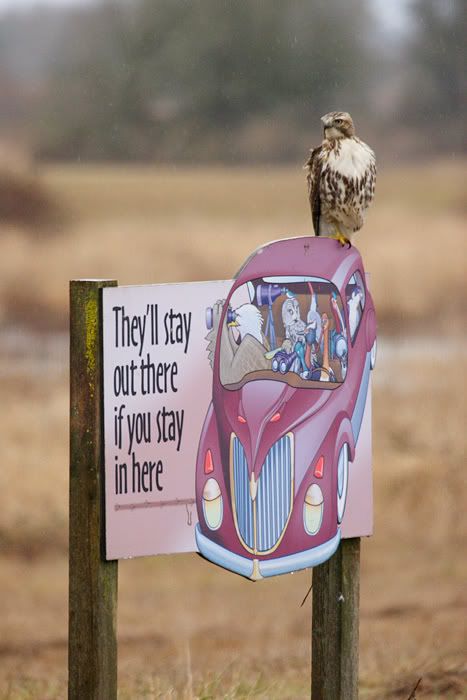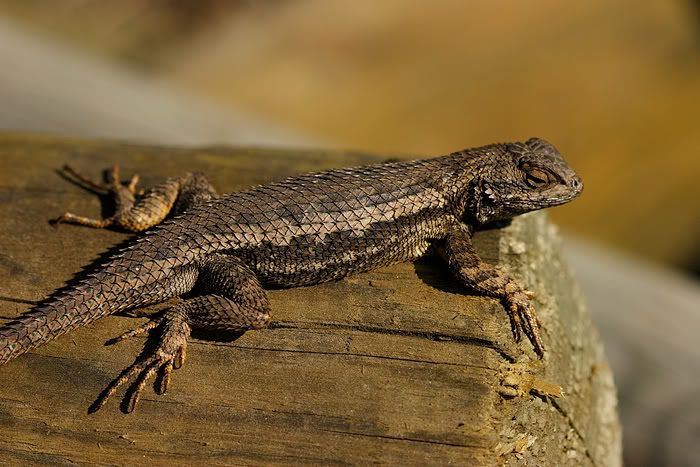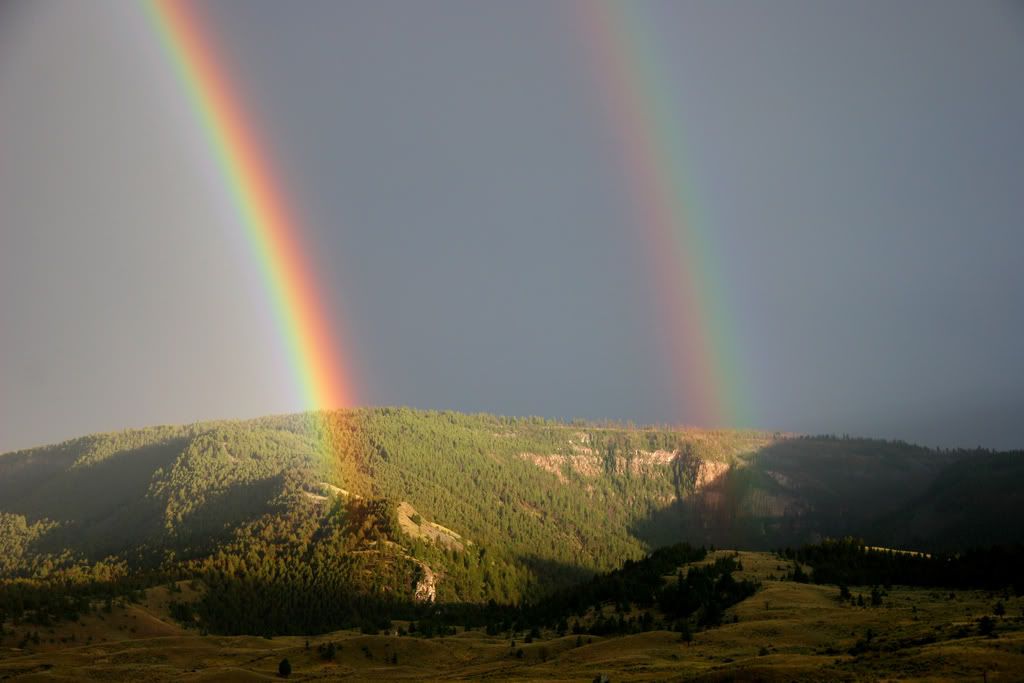Two of the many hats I wear from time to time are that of wildlife photographer and wildlife observer. I would argue, you can not really be one without being the other. Both can often be subject to the whims of cultural biases, even regarding wildlife observation.
For instance, in the region of the Puget Sound where I live there are many common species found in urban and suburban areas, which might include: American crows, feral pigeons, European starlings, mallards, Canada geese, house sparrows, ring-billed gulls, glaucous-winged gulls, raccoons, Norway rats and a handful of others. These species are generally ignored by people, and it might not surprise you, also generally ignored by wildlife watchers/naturalists and wildlife photographers.
It is easy to understand why if you consider how people in western culture view the natural world. If the creature in question does not inspire awe or fear or if the animals importance in the natural world is not immediately clear and of obvious benefit to humans, it gets ignored or worse.
Let us take Canada geese as an example. Though Canada geese have been native to the region for long before the white settlers arrived, a majority of the population you see around the greater Puget Sound that is present throughout the year is introduced by humans in 1968. Unlike the Canada geese that migrate through the region in Fall and Spring, this population stays put. It so happens that the urban/suburban areas around the Puget Sound with their plentiful waterways and adjacent mowed green spaces are very much to the liking of the geese. With few predators, lots of food and nesting sites the goose population has increased considerably.
People complained about the noise of the geese, and largely about the scat they leave behind on lawns, playing fields and walkways. The city of Seattle had so many complaints that since the year 2000 over 5,600 geese have been put in gas chambers and killed. The geese are still seen by many in Seattle as over-sized rats with wings.
Not many wildlife watchers in the Seattle area pay much attention to these geese, and some times they are even not mentioned when people are out doing bird species counts.
I have had the pleasure on many days to get to hang out with - and sometimes among - a flock or gaggle of Canada geese. As with many of the other species I mentioned as being largely ignored in urban areas, the geese have provided me with some of the most amazing wildlife encounters in my life.
 |
| From Urban Wildlife |
 |
| From Urban Wildlife |
The photos of a Canada goose drinking happened during one of those wonderful moments where things just come together beautifully. If we are observant and attentive, those moments are to be found all the time.
I was practicing a Taoist-inspired meditation in which you mindfully observe everything around you without judging. In this case, as I sat near the edge of an urban pond, several geese came slowly swimming towards me. One of them started to bob up and down in the water, and throw water over its back and wings. Like so many pearls of silver, the water drops rolled over and off of the goose's back. It took my breath away. Time seemed to slow down.
I was in the middle of getting my camera adjusted and did not capture that moment. Also, I did not want to be looking at nature from a "what can I get out of this" attitude that is often assumed as a necessity for successful wildlife photography. Instead, I wanted whatever came to me of its own accord to be what I would photograph.
As I slowly pointed the camera at the geese, one of them started drinking the water right in front of it's chest as it floated placidly. The light was perfect, and the camera allowed me to capture what I saw, exactly as I would have liked. The shimmering drops of water falling from the gooses bill are frozen in space. The painted ripples stopped in their graceful path. The moment is captured, as is the feeling that expresses so perfectly the simple wonder in the everyday world.
This photo is one that often brings me into a relaxed meditative state. It always reminds me to pay attention to the things close at hand, the seemingly common and everyday.
When I look at this photo with the eye of an animist, I can see easily how everything in this universe is alive and how it dances and moves together in such perfect harmony.
I feel that the spirits of the place: the spirits of the geese, the water and the light came together so seamlessly and gave me a gift. Even more than that, I was left feeling like I was truly part of that same fabric.
And that, is perhaps the greatest gift we can receive.

